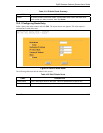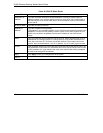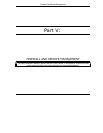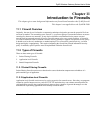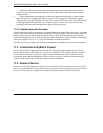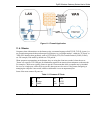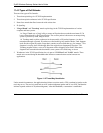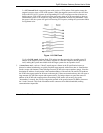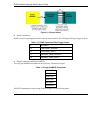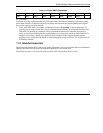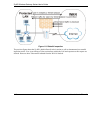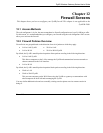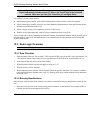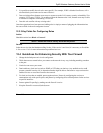
ZyAIR Wireless Gateway Series User’s Guide
11-4 Introduction to Firewalls
11.4.2 Types of DoS Attacks
There are four types of DoS attacks:
1. Those that exploit bugs in a TCP/IP implementation.
2. Those that exploit weaknesses in the TCP/IP specification.
3. Brute-force attacks that flood a network with useless data.
4. IP Spoofing.
1. "Ping of Death" and "Teardrop" attacks exploit bugs in the TCP/IP implementations of various
computer and host systems.
1-a Ping of Death uses a "ping" utility to create an IP packet that exceeds the maximum 65,536
bytes of data allowed by the IP specification. The oversize packet is then sent to an unsuspecting
system. Systems may crash, hang or reboot.
1-b Teardrop attack exploits weaknesses in the reassembly of IP packet fragments. As data is
transmitted through a network, IP packets are often broken up into smaller chunks. Each fragment
looks like the original IP packet except that it contains an offset field that says, for instance, "This
fragment is carrying bytes 200 through 400 of the original (non fragmented) IP packet." The
Teardrop program creates a series of IP fragments with overlapping offset fields. When these
fragments are reassembled at the destination, some systems will crash, hang, or reboot.
2. Weaknesses in the TCP/IP specification leave it open to "SYN Flood" and "LAND" attacks. These
attacks are executed during the handshake that initiates a communication session between two
applications.
Figure 11-2 Three-Way Handshake
Under normal circumstances, the application that initiates a session sends a SYN (synchronize) packet to the
receiving server. The receiver sends back an ACK (acknowledgment) packet and its own SYN, and then the
initiator responds with an ACK (acknowledgment). After this handshake, a connection is established.




